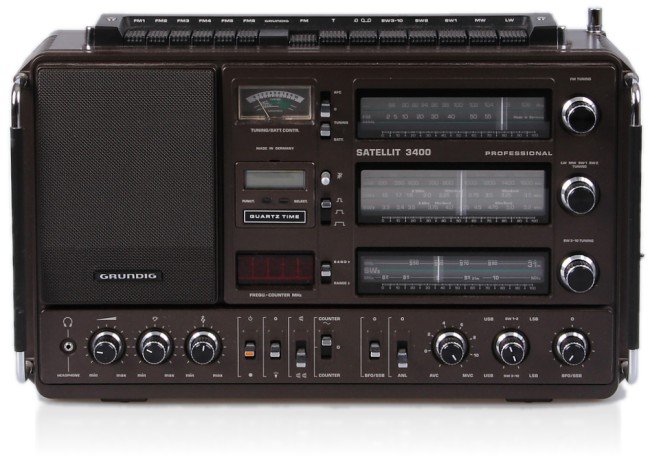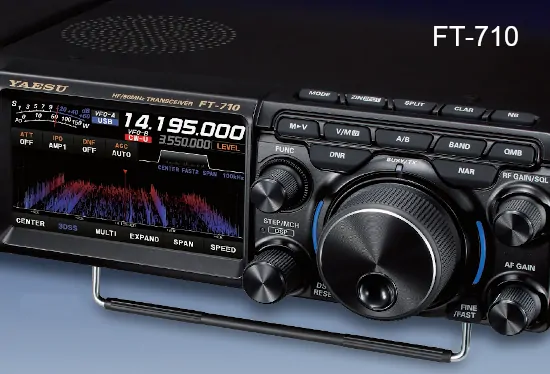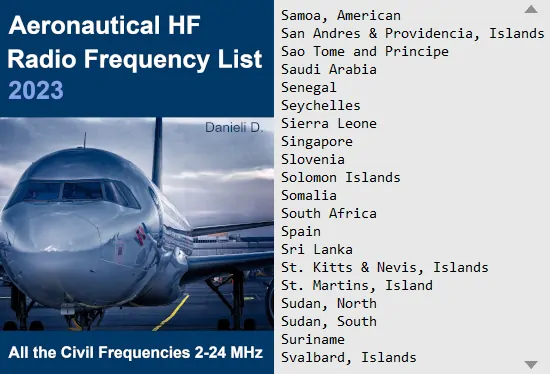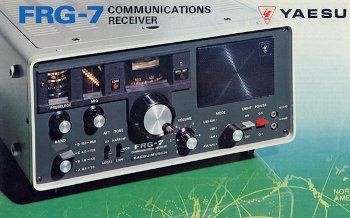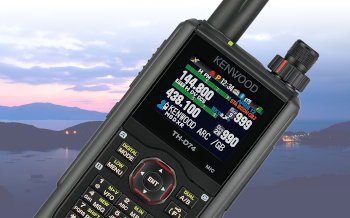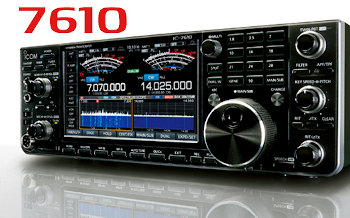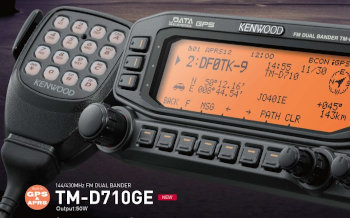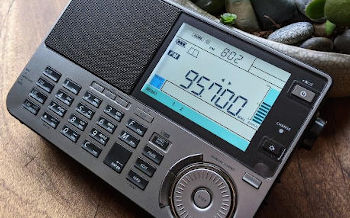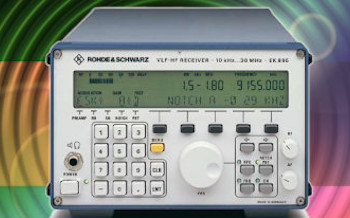DUBUS
DUBUS is the international bilingual, english and german, written magazine for Ham-Radio on VHF/UHF and Microwaves. The magazine is published quarterly in March, June, September and December. Each issue of over 100 pages, in A5, is devoted to a mix of state-of-the-art technical articles and DX operating news. National DUBUS representatives are in Austria, Australia, Belgium, Bulgaria, Canada, Czech Rep., Denmark, Eire, France, Finland, Greece, Italy, Japan, Netherlands, New Zealand, Norway, Portugal, Poland, Romania, Russia, Rep. of South Africa, Slovenia, Spain, Sweden, Switzerland, Ukraine, United Kingdom, USA.
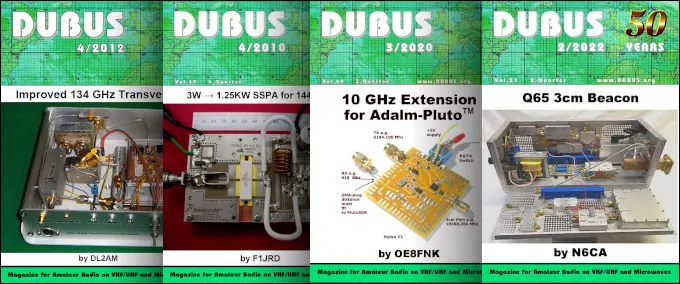
DUBUS 1-2024 Vol-53
- Editorial.
- A Compact, Lightweight 2-Element Yagi for the 8m (40 MHz) Band: Design and Costruction Insights
by Justin Johnson, G0KSC
In this exploration, we delve into the design and costruction of a straightforward, 2-element Yagi antenna for the 8m band. This antenna is notable for its minimal component use, lightweight nature, and impressive performance given its size. It features a direct, 50-ohm feed and boast self-balancing properties, along with the essential grounded driven element ... [The LFA-R advantage | Design and structure | Components and performance]. - Know your Parabolic Antenna better from Measurements of Sun, Moon, and Ground Noise
by Joachim Koppen, DF3GJ, team of DL0SHF
Does my parabolic dish antenna work in an optimal way? How can I measure its performance, and maybe find out what needs further improvements? These may be questions you might ask yourself when set up a new antenna or use an existing one. The obvious way to judge and improve the efficiency of an antenna, is to point it to the Sun - the radio strongest in the sky - and make its signal as large as possibile. This certainly is a practical way, but still it doesn't tell us how well the antenna works ... [How to measure | A software tool to interpret the measurements | Example | Analysis of the measured data]. - The search for gravitational waves Fundamentals of reception technology
by Herbert Weidner, DL2ZC
107 years ago, Albert Einstein claimed that certain astronomical events produce gravitational waves. These were first detected 99 years later, but only in the form of short-term wave packets with limited significance ... [The atmosphere as an antenna | Properties of waves | Phase modulation | The MSH method | IQ mixer | How to search waves]. - Sectoral Horn Antennas for Microwave Beacons
by Paul Wade, W1GHZ
Microwave beacons are really useful for monitoring propagation or just for reassurance that your gear is still operationg. For rovers, they also provide an accurate heading and frequency ... [Horn antennas aperture | 24 and 47 GHz antennas | Lower frequencies]. - Want more? QSY to 134 GHz
by Andrew Anderson, VK3CV/WQ1S
Following single band 122 GHz transverter first described in 2019, here is an updated design that covers both the 122 GHz and 134 GHz amateur bands. More than 500 of the original 122 GHz design PCBs have been produced and have found their way to every part of the world ... [Transverter complete circuit diagram | Theory of operation | Software operation | PLL configuration | Construction | Testing and adjustments]. - An RF Current Probe for HF/VHF/UHF
by Edward A. Richley, KD8KZ
Methods for obtaining an accurate measuremen of RF current are not often covered in the amateur literature, yet this capability has many possible uses. In contrast, RF voltage measurement is common and well-known and often consists of a resistor network with some capacitance added for frequency compensation. Current measurement, on the other hand, can be very useful for making an in-circuit impedance measurement, or by combining with a voltage probe to make a directional coupler ... [Circuit design | Construction | Performance]. - 23cm EME with ADALM PLUTO
by Mirek Kasal, OK2AQ
Analog Devices has been offering an SDR-transceiver with very interesting features, the ADALM PLUTO (Active Learning Module PLUTO SDR). It is intended primarily for students who, thanks to its open architecture, can program the transceiver for most modulations and coding used in communication systems and thus study the physical layer of these systems in the frequency range 325 MHz to 3.8 GHz ... [Frontend | Software | Experience of operation]. - Microwave Europe.
- Microwave Spain and Portugal.
- Microwave North America.
- Microwave Japan.
- Tropo Reports.
- Aurora News.
- 6m & 4m News.
- News & Comments
Contest, Expeditions, Beacons update, Comments.
Address and Links
DUBUS Magazine
Verlag Joachim Kraft
Grützmühlenweg 23
D-22339 Hamburg, Germany
